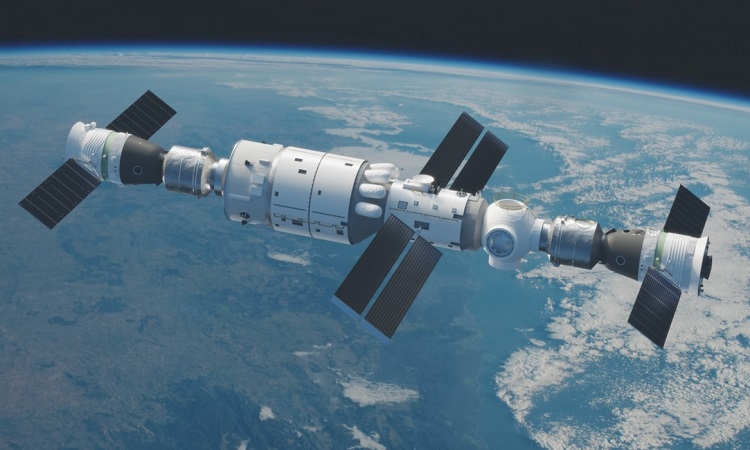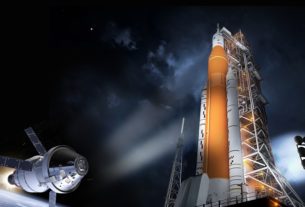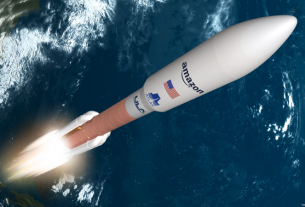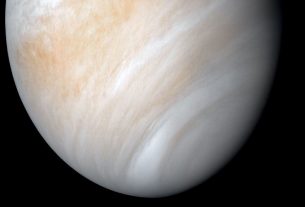China’s next manned space mission, the first since 2016, will normally launch next June. During this mission, three taikonauts (Chinese astronauts) will integrate the central module of their new station.
The International Space Station (ISS) is no longer the only space laboratory currently in orbit. China has just launched the main module of its new laboratory. The country plans at least ten additional launches to deliver two other modules of the structure, but also cargo and manned missions.
A first manned mission since 2016
The first of these crewed missions – Shenzhou 12 – should be launched next June. It will be China’s seventh manned space mission since 2003, when China became the third country to conduct independent manned spaceflight, after Russia and the United States.
As a reminder, the most recent of these manned missions was Shenzhou-11, in 2016. At the time, two astronauts had spent more than a month inside the Tiangong 2 space station. The structure was then deorbited for perform a controlled atmospheric re-entry on July 19, 2019.
For this launch, the Shenzhou 12 spacecraft will be capped with a 2 F Long March rocket. In early April, the two structures were delivered by rail to the Jiuquan Satellite Launch Center in the Gobi Desert. They are currently in final assembly.
The Shenzhou 12 mission will send three taikonauts into low earth orbit. Their ship will dock with the station’s central module. This manned mission will be preceded by a cargo mission to deliver supplies and thruster to the module. This cargo capsule (Tianzhou 2) will likely be launched in May aboard a Long March 7 rocket from the Wenchang base in southern China.
Chinese officials have yet to reveal the identity of the crew members of this upcoming manned mission. It is also not known how long it will last. However, we do know that, until the end of the station assembly normally scheduled for 2022, China plans to launch four more cargo missions and as many manned missions.
A real laboratory in orbit
Once operational, this hundred-ton structure (about one-fifth of the mass of the International Space Station) will accommodate up to three taikonauts for stays of up to six months. The station will eventually be able to accommodate more people (up to six), but for shorter periods.
On board, the astronauts will conduct a variety of science experiments and prepare for long-duration space flights. Space physiology, fluid physics, materials science, astronomy To date, around 100 experiments have already been selected from more than 800 national proposals. Some studies carried out by international researchers will also be planned.




